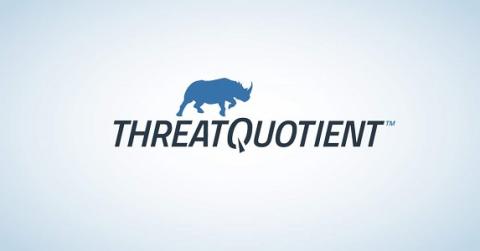Cloudflare's commitment to advancing Public Sector security worldwide by pursuing FedRAMP High, IRAP, and ENS
Today, we announced our commitment to achieving the US Federal Risk and Authorization Management Program (FedRAMP) - High, Australian Infosec Registered Assessors Program (IRAP), and Spain’s Esquema Nacional de Seguridad (ENS) as part of Cloudflare for Government. As more and more essential services are being shifted to the Internet, ensuring that governments and regulated industries have industry standard tools is critical for ensuring their uptime, reliability and performance.











